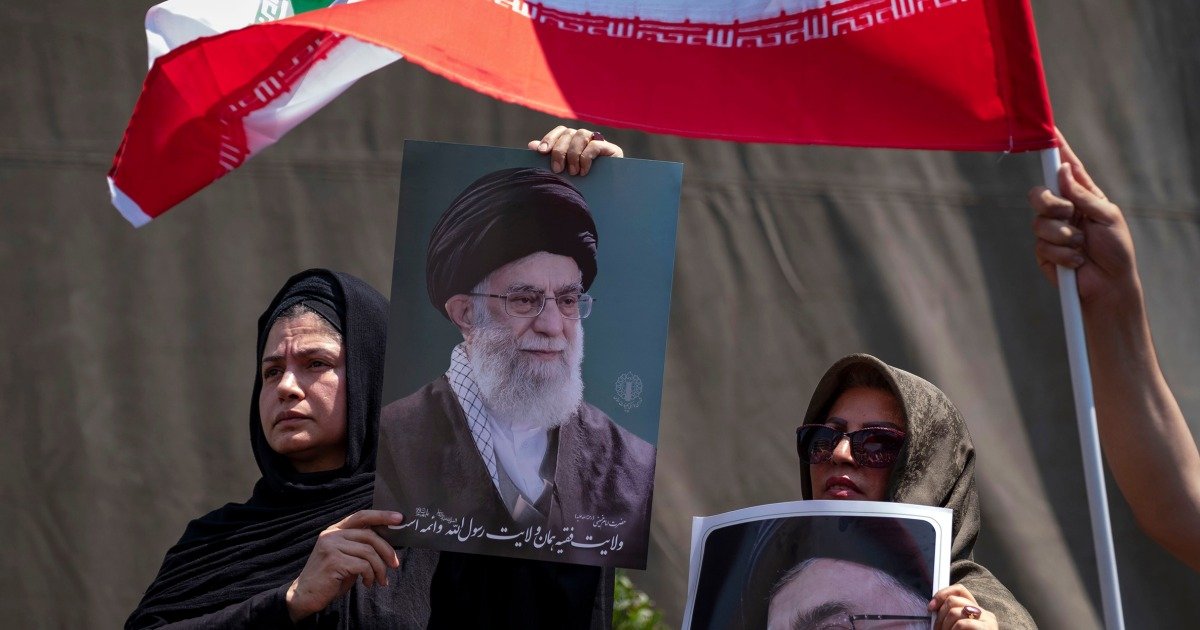Iraq descended into a deadly insurgency and then full-blown sectarian civil war. After American troops left in 2011, the Islamic State terrorist group flourished and was able to establish its own caliphate — a religious kingdom — before America and its allies returned again to wipe ISIS out.
Meanwhile, in Libya, Moammar Gadhafi responded to 2011’s Arab Spring protests with lethal force, killing hundreds of protesters. NATO launched airstrikes and Gadhafi was captured and killed. But three years later, Libya descended into a three-way civil war and today remains a failed state.
The toxicity of these escapades in the minds of many Americans is partly why Trump and his Republican supporters are so avowedly against interventionism.
Whereas past presidents have said, as George W. Bush did, that U.S. interests were served by bringing “the hope of democracy, development, free markets, and free trade to every corner of the world,” Trump has reverted to America’s isolationist instincts of the 1930s.
However, though he has vowed to keep the U.S. out of “forever wars” in the Middle East and instead focus on “America First” policies, he has found it harder to extricate Washington from its conflict role in Ukraine and the Palestinian territories.
Before those 21st century hostilities, the Cold War was replete with American attempts to shape geopolitics, from Vietnam to Haiti and Angola to Nicaragua.
But examples of successful regime change are so scant that some scholars say finding such an example requires going back even further: defeating the Nazis and the Japanese empire at the end of World War II and eventually fostering democratic reforms in West Germany and Japan.
“Short of this, it’s pretty hard to identify successful cases,” said Leslie Vinjamuri, director of the U.S. and Americas program at Chatham House, a London think tank.
#U.S.backed #regime #change #checkered #Iran



